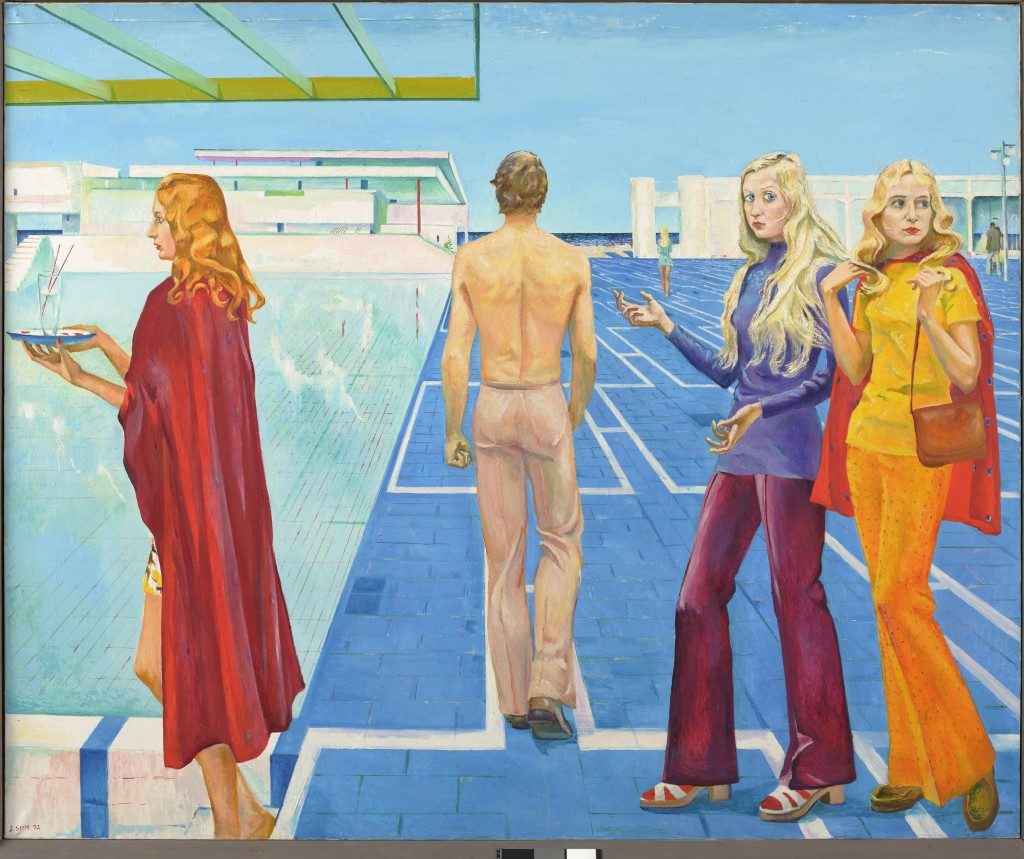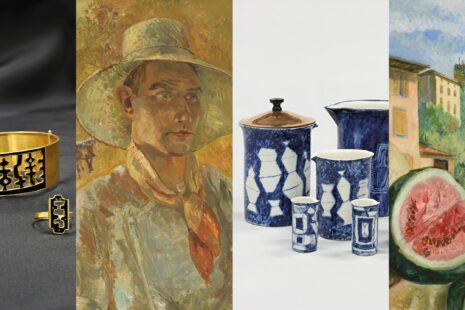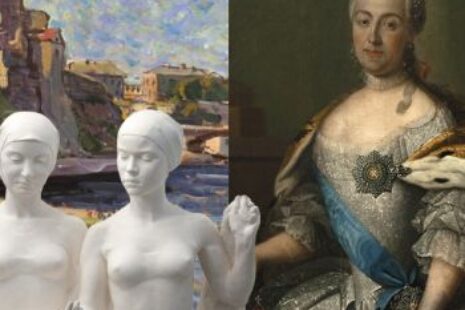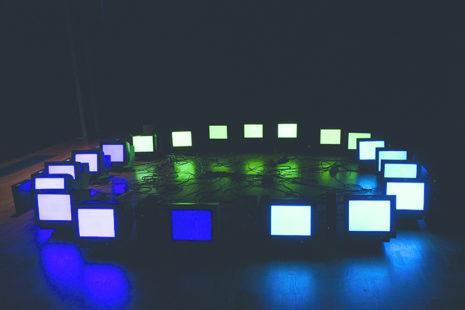Tartu Art Museum exhibition “Among Ourselves. Woman Portraying a Woman” brings together less known art works from ten private collections and various museums. The exhibition focuses on if and how the depiction of women as seen by female artists has changed. 69 works from 35 authors will be exhibited.
The exhibition offers an historical overview of the oeuvre of Estonian female artists from the beginning of the 1920s to the end of the 1980s, focusing on artists from Tartu. Included are many renowned authors (Silvia Jõgever, Kaja Kärner, Natalie Mei, Karin Luts, et al.) and some lesser known names (e.g. Ella Mätik, Erna Kreischmann and Silvia Leitu). Women’s relationships and intensive communication have been the basis of many portraits and discussions of art-related ideas, which together form the basis of the exhibition title.
“The exhibition does not highlight ‘masterpieces’: that was not the aim. Instead it plays with fragments, where the small rooms contain as many stories as possible, and these, in turn, create a larger image and narrative,” says the curator Kadri Asmer.
The exhibition contains three subdivisions: (self-) portraits, public space and private space. These are the situations or places in which female artists have mostly placed women. Even though the curator does not believe that there is an inherent difference between the works of female and male artists, she does believe that the peculiarities in the oeuvre of female artists are mainly due to their choices of motifs.
After the First World War, all over Europe, including in Estonia, “modern and self-aware” women started to stand out more noticeably and in greater numbers. They started striving for higher education, were interested in fashion, preferred public space to their homes and clamoured for women’s rights. Over the next decades, there were some similarities in how female artists depicted women. They were not idealised and were immediate, honest and true to their times, both in urban and domestic spaces, but their nature was more reserved and modest.
A radical change took place in the 1950s, when powerful and progressive working women came to the fore, although they took a step backward in the next decade. The individual interpretations and handwritings of female artists remained dominant. In the 1990s, feminist theory and art practice found their way into Estonian art life after being adapted to the local context. The oeuvre of female artists achieved a new conceptualism and a new era began.
Participating artists: Larissa Abõševa, Ellinor Aiki, Ann Audova, Aino Bach, Helmi Herman, Valve Janov, Silvia Jõgever, Saskia Kasemaa, Linda Kits-Mägi, Epp-Maria Kokamägi, Erna Kreischmann, Kaja Kärner, Malle Leis, Silvia Leitu, Karin Luts, Lydia Mei, Natalie Mei, Marju Mutsu, Leili Muuga, Ella Mätik, Tiiu Pallo-Vaik, Sirje Petersen, Sirje Runge, Helju Sarnet Zauram, Ludmilla Siim, Olga Terri, Evi Tihemets, Vive Tolli, Salome Trei, Anna Triik-Põllusaar, Lüüdia Vallimäe-Mark, Maara Vint, Benita Vomm, Marje Üksine and Hilda Üprus
Curator: Kadri Asmer
Gallery name: Tartu Art Museum
Address: Raekoja plats 18 , Tartu
Opening hours: Wed, Fri-Sun 11:00 - 18:00, Thu 11:00 - 20:00
Open: 13.12.2018 - 28.04.2019







